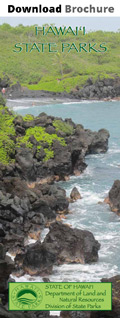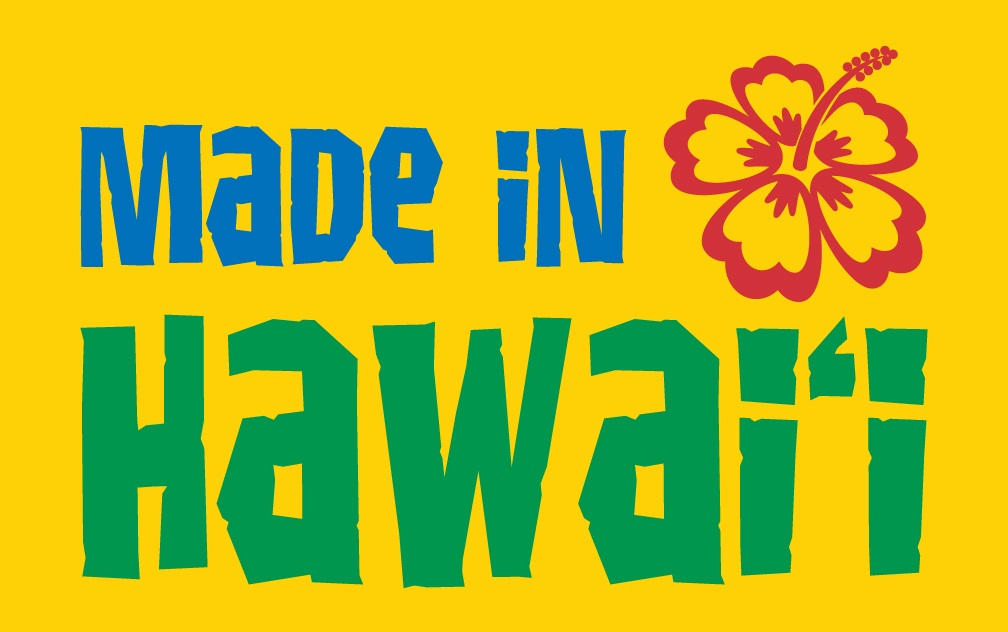
**IMPORTANT PARK NOTICES**
Monitor weather reports before your park visit.
•
[ALL ISLANDS] UPDATE – 12/12/25: Camping - Reservations for February 1, 2026 and beyond available at https://explore.ehawaii.gov, please create an account on Explore Outdoor Hawaiʻi to make a camping reservation.
About Our Parks
Aloha and Welcome to Hawai‘i’s State Parks
 Hawai‘i’s State Park System is composed of 51 state parks encompassing approximately 30,000 acres on the 5 major islands. These parks offer varied outdoor recreation and heritage opportunities. The park environments range from landscaped grounds with developed facilities to wildland areas with trails and primitive facilities.
Hawai‘i’s State Park System is composed of 51 state parks encompassing approximately 30,000 acres on the 5 major islands. These parks offer varied outdoor recreation and heritage opportunities. The park environments range from landscaped grounds with developed facilities to wildland areas with trails and primitive facilities.
The outdoor recreation program offers a diversity of coastal and wildland recreational experiences, including picnicking, camping, lodging, ocean swimming, snorkeling, surfing, sunbathing, beach play, fishing, sightseeing, hiking, pleasure walking, and backpacking.
The heritage program protects, preserves, and interprets excellent examples of Hawai‘i’s natural and cultural heritage. The exceptional scenic areas are managed for their aesthetic values while vantage points are developed for their superb views of our Hawaiian landscape.
We invite you to experience Hawai‘i’s special environment, learn more about its unique history, and participate in the outdoor recreational opportunities by visiting our parks. But these uniquely Hawaiian resources are fragile and irreplaceable. So as you visit, please help us protect these resources for future generations.
Visiting The Parks
Our state parks are open year-round. Fees are charged for various accommodations, camping, guided tours of Iolani Palace, riverboat cruises to Fern Grotto in Wailua River State Park, entry to Diamond Head State Monument and ‘Akaka Falls State Park, parking at Nu’uanu Pali State Wayside, ‘Iao Valley State Monument, Hapuna Beach State Recreation Area, and other special uses.
Permits are required for camping/lodging and for special uses such as weddings and large gatherings.
Hawai‘i’s environment is unique, diverse, and fragile. Our resources are some of the most endangered in the world. This means we must all do our part to help sustain Hawai‘i’s valuable resources.
Please be a good visitor
- Pick up your litter
- Pack out what you pack in
- Do not damage the plants, animals, historic sites, and reefs
These resources are important elements of Hawai‘i’s past and our future.
Mahalo.
The Department of Land and Natural Resources receives financial support under the Federal Aid Programs. Under Title VI of the Civil Rights Act of 1964 and the laws of the State of Hawaii, the U.S. Department of the Interior and the State of Hawaii prohibit discrimination on the basis or race, color, religion, sex, or national origin. If you believe that you have been discriminated against in any program, activity, or facility, of if you desire further information regarding Title IV, please write:
Office of Equal Opportunity
U.S. Department of Interior
Washington, D.C. 20240


